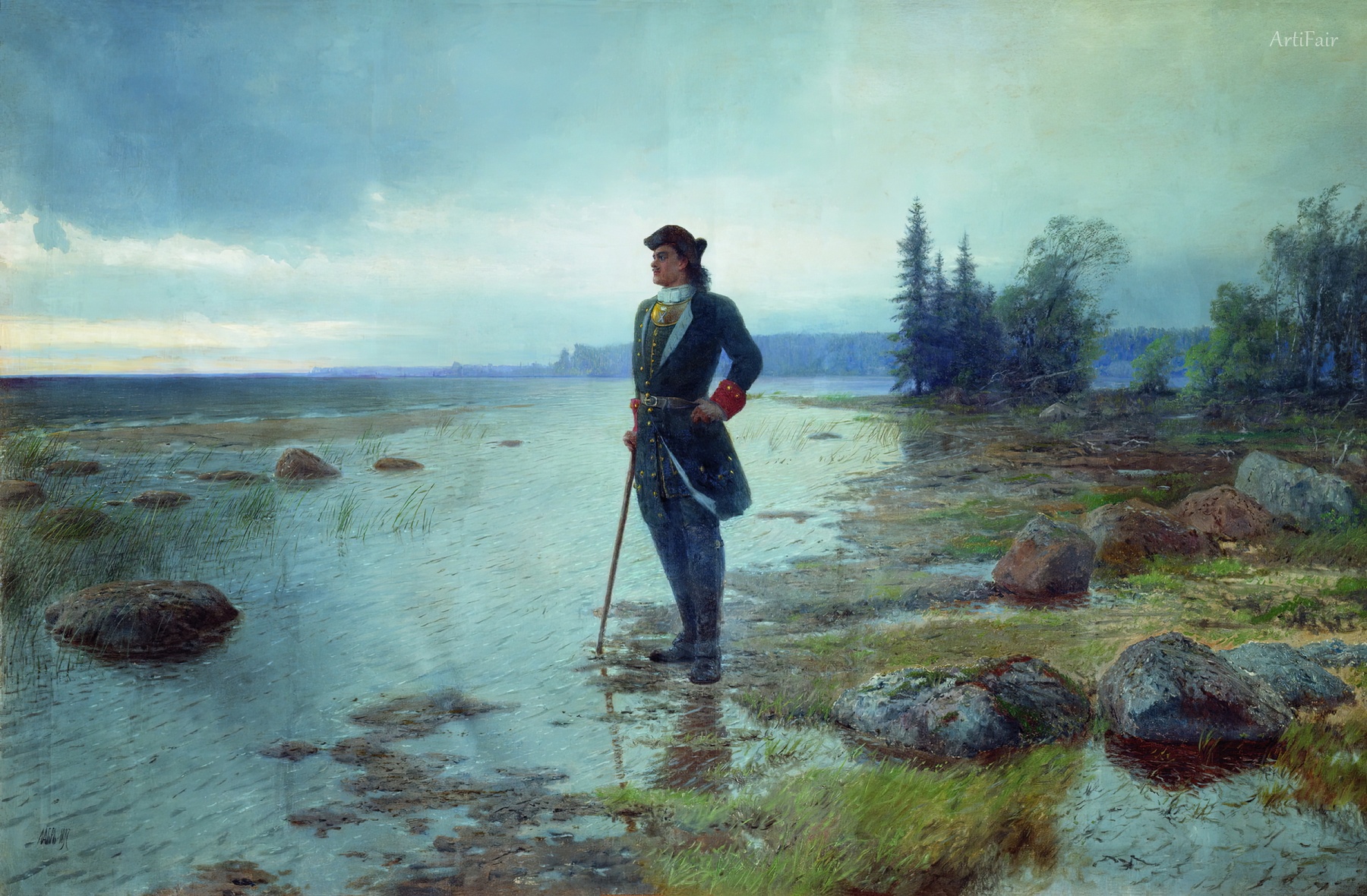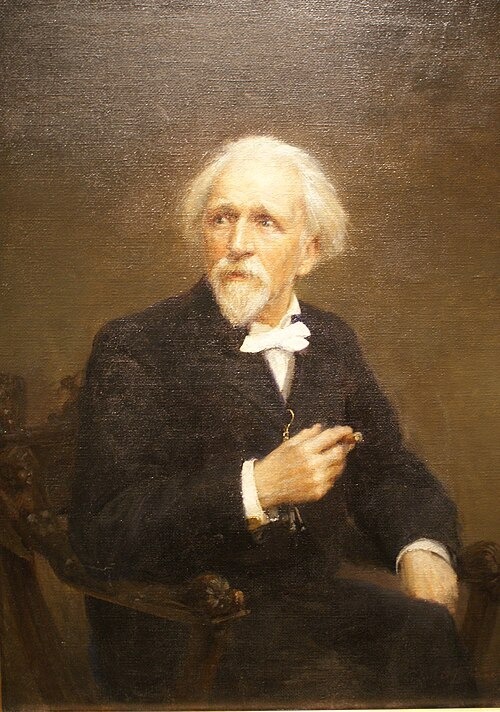

Lev Lagorio
RU
96
Artworks
1826 - 1905
Lifespan
Artist Biography
Lev Feliksovich Lagorio (1826-1905) stands as a prominent figure in the pantheon of Russian art, celebrated for his masterful seascapes and dramatic mountain landscapes. Born in Feodosia, Crimea, into the family of a Neapolitan vice-consul, Lagorio was immersed in a maritime environment from his earliest days. This coastal upbringing profoundly shaped his artistic vision. His prodigious talent was recognized early, leading him to become the first and most distinguished pupil of the legendary marine painter Ivan Aivazovsky between 1839 and 1840. As a key representative of the Cimmerian school of painting, Lagorio's work is intrinsically linked to the light and atmosphere of Southern Crimea, a foundation laid under Aivazovsky's influential tutelage.
With the support of the Governor of Taurida, Alexander Kaznacheyev, Lagorio enrolled at the Imperial Academy of Arts in St. Petersburg in 1843. Over the next seven years, he honed his craft under the guidance of esteemed professors such as Maxim Vorobiev, Alexander Sauerweid, and Bogdan Willewalde. His academic journey was marked by a desire for firsthand experience; he undertook a voyage on the military frigate "The Menacing" in 1845 to study the structure of warships and later sailed his own boat in the Gulf of Finland. This dedication culminated in his graduation in 1850 with a large gold medal for his painting "View of Lakhta," earning him the title of class artist of the 1st degree and a pension for further study abroad. Two years later, in 1852, he officially became a Russian citizen.
The subsequent decade was defined by extensive European travel, which significantly broadened his artistic horizons. Lagorio first visited Paris in 1853 before settling in Rome, where he remained until 1859. This period of immersion in European art and culture was incredibly productive. Upon his return to Russia in 1860, he presented a collection of approximately thirty paintings created during his time abroad. The exceptional quality of these works, including "The Fountain of Annibal, in Rocca di Papa" and "Capo di Monte, in Sorrento," earned him the prestigious title of professor of landscape painting at the Academy of Arts, solidifying his reputation within the Russian art establishment.
Beyond his signature seascapes, the Caucasus mountains became a lifelong passion and a central theme in Lagorio's oeuvre. He first traveled to the region in 1851 and returned in 1861, creating a series of majestic landscapes that he presented to Tsar Alexander II, who awarded him the Order of St. Anna. His connection to the region deepened when he returned in 1863-1864 as part of the entourage of Grand Duke Mikhail Nikolayevich during the Caucasian War. These experiences allowed him to capture not only the sublime beauty of the mountains but also the dramatic historical events unfolding within them, adding a layer of gravitas to his landscapes.
Lagorio's style is often situated within the tradition of Romantic landscape painting, yet it is distinguished by a unique synthesis of poetic emotion and rigorous academic composition. While influenced by Aivazovsky's dramatic use of light, critics noted that Lagorio's approach was more methodical and research-driven; he did not paint "alla prima" but carefully constructed his compositions. He was a master of expressive color and the subtle rendition of light, creating evocative scenes that shimmer with life, from the vibrant skies over St. Petersburg to the serene waters of the Italian coast. In his later years, beginning in the 1880s, he also worked extensively in watercolor, becoming a member of the Society of Russian Watercolorists.
In his final decades, Lagorio's status as a premier historical and landscape painter was cemented. In 1885, he was commissioned to document the Russo-Turkish War of 1877-1878, visiting battlefields across Europe and Asia to create a series of commemorative paintings. He maintained a workshop in Sudak, returning each summer to sketch the Crimean landscapes that first inspired him. In recognition of his immense contributions to Russian art, he was named an honorary member of the Academy of Arts in 1900. Lev Lagorio passed away in 1905 in Saint Petersburg and was buried at the Novodevichy Cemetery, leaving behind a legacy of powerful, evocative works that continue to be celebrated in major institutions like the Tretyakov Gallery.